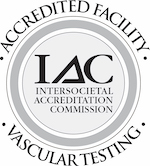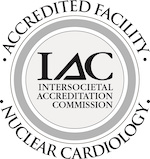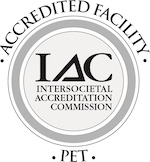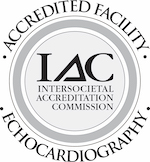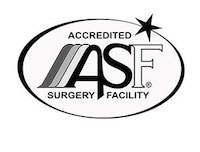Spider Veins
Spider veins represent dilated blood vessels and are similar to varicose veins in that they’re visible under the skin, but different in that they are smaller and do not form a superficial bulge. Spider veins are so named because they tend to look like a cluster of spiderwebs – blue, purple and red in color – directly underneath the skin. Went not looking closely, they can even be mistaken for a bruise. While spider veins may occur anywhere on the body, they are most often found on the face and legs. Unlike most cases of varicose veins, spider veins can form in patients of all ages, however the condition affects females more than males.
What causes spider veins?
The causes of spider veins are not fully known, however we do you know that several factors increase the risk, including:
- A family history of vein disorders
- Standing or sitting for long periods of time, especially when the legs are crossed
- Pregnancy
- Significant weight loss or gain
- Hormonal fluctuation
As a result of the wide range of causes, it is difficult to predict who is most at risk for spider veins and prevention options are limited to lifestyle changes.
Symptoms of spider veins
The primary symptoms spider veins are aesthetic. Spider veins in and of themselves do not cause any physical symptoms. If a patient is experiencing pain, heaviness or other physical symptoms, is often due to an underlying vein condition.
It is important, therefore, that patients who have symptomatic spider veins visit their vein specialist to rule out other possible conditions.
Treatment for spider veins
Because spider veins are very small, the definitive treatment is a procedure known as sclerotherapy. This is an office-based procedure that requires no downtime and minimal procedure time. During the procedure, your vein specialist will inject a saline solution into these tiny veins, causing them to collapse and ultimately dissolve into the body.
Spider vein treatment is up to 80% effective and results are usually seen within a few weeks depending on the size of the veins being treated. It is important that patients continue to practice healthy diet and exercise habits to reduce the risk of redevelopment of spider veins in the future.

